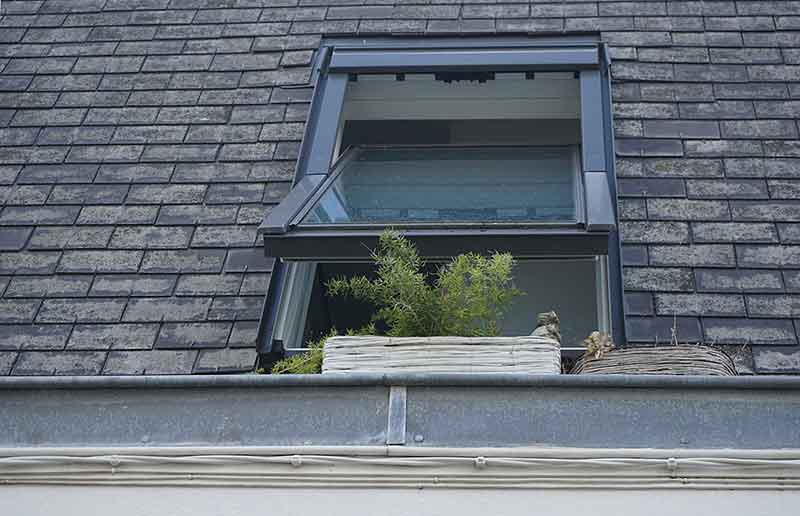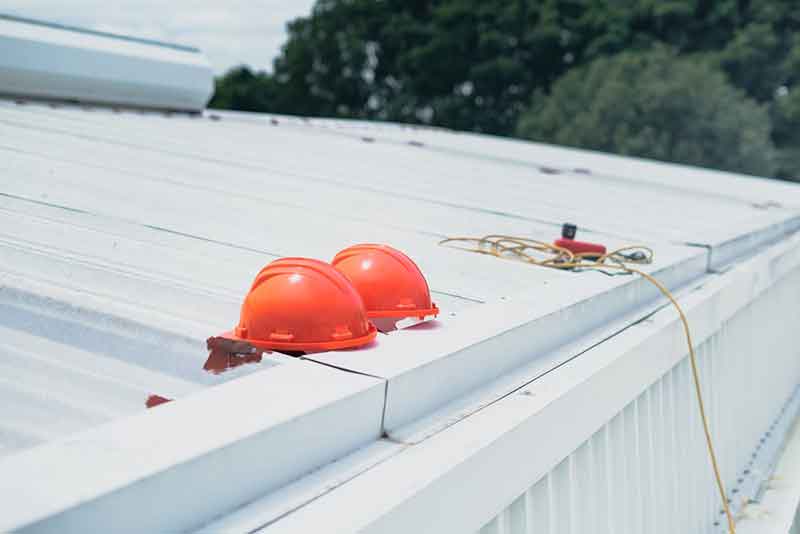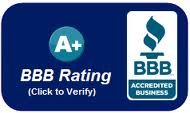
The first step is to inspect the home layout to get familiar with the area.
Moving into a new home is an exciting adventure. Are you wondering what to do when you’ve moved into a house, especially if you don’t fully understand how everything works? Whether you are moving into a rental with a strange roof, strange layouts, unfamiliar appliances, or confusing systems, settling in can be trickier than expected. If you’ve moved into a home that feels more like a puzzle than a haven, don’t worry. You can take practical steps to get to know your new space, make it feel comfortable, and ensure you’re taking full advantage of its features.
Step 1: Understand Your Home’s Layout
One of the first things you need to do when you’ve moved into a home you don’t fully understand is to get a clear grasp of its layout. Each house has a unique flow, and understanding where things are located helps you settle in more comfortably. Start by getting familiar with all the rooms, storage spaces, and key areas like the electrical panel, water shut-off valves, and main circuit breaker. Knowing where these are will help you in case of emergencies. Spend time walking around your new home, taking mental notes of where everything is. This is especially important if you’re unfamiliar with the home’s layout or if it’s significantly different from your previous one.
Step 2: Learn the Home’s Systems and Appliances
A home isn’t just about the structure; it’s about the systems that make it function. If you’ve moved into a home with systems or appliances you don’t fully understand, take the time to learn about them. Check if the previous owner left manuals for appliances like the heating/cooling system, refrigerator, or washing machine. If not, search online for user guides. Understanding how to use your home’s heating and cooling systems efficiently is important. Adjusting the thermostat properly can save you energy costs. The same goes for appliances. You don’t want to miss any features that could improve your living experience.
Step 3: Inspect the Roof and Other Structural Elements
A critical aspect of understanding your new home is checking its structural integrity. This includes looking at the roof, walls, foundation, and plumbing. While you may not be able to climb the roof yourself, hire a professional to conduct a full inspection. Understanding the roof’s condition is crucial as it protects your home from the weather and other elements. If there are any issues, it’s better to address them early. Inspect other areas such as windows, doors, and the foundation. You don’t want to discover leaks or damage later, when they might cost you more to fix.
Step 4: Identify and Fix Any Safety Hazards, Especially the Roof
Safety should always be a top priority in any home. After moving in, walk around to identify any potential hazards, particularly concerning the roof. The roof is your first line of defense against the elements, and any issues could lead to leaks or worse. Inspect the roof for signs of damage like missing shingles, cracks, or wear and tear. If you can’t climb the roof yourself, consider hiring a professional to perform a roof inspection to check for issues that could cause leaks or water damage inside the house.
It’s also essential to check that the attic and roof vents are clear and functioning. Poor ventilation can lead to excess moisture buildup, causing mold or mildew problems. Look around for any signs of water stains or damage on the ceilings, which might indicate roof leaks. If any issues are found, address them immediately to avoid further damage to your home’s structure.

What to do when you’ve moved into a home? Inspecting those windows and the roofing.
What to Do When You’ve Moved Into a Home: Handle the Renovation Like a Pro
If you’ve moved into a home that needs some work, remodeling your home after moving can be exciting and overwhelming. To handle the renovation like a pro, prioritize the areas needing attention. Focus on essential spaces like the kitchen or bathrooms before tackling cosmetic upgrades. Creating a realistic budget and timeline is important and ensuring you allocate resources properly. Hiring skilled contractors and getting multiple quotes for work will help you avoid costly mistakes. Stay organized, set clear goals, and don’t rush the process. A well-executed renovation can transform your space, making it more functional and aligned with your style without adding unnecessary stress to your move.
How to Handle Roof Renovations?
Handling a roof renovation can seem daunting, but the process can be much smoother with proper planning. Here’s how to approach roof renovation effectively:
- Assess the Roof: Inspect for damage or hire a professional to evaluate its condition.
- Choose Roofing Materials: Choose materials based on budget, climate, and home style.
- Get Multiple Quotes: Compare prices and reviews from different contractors.
- Plan Timing: Schedule during dry, stable weather conditions.
- Check Insulation and Ventilation: Ensure proper attic insulation and ventilation during the renovation.
- Monitor the Process: Stay in communication with the contractor and check progress regularly.
- Inspect Final Work: Ensure the renovation meets expectations before making the final payment.
Step 5: Create a Maintenance Plan
A home requires regular upkeep, and knowing what needs attention is key. After you’ve moved in, create a maintenance plan to ensure your home stays in good condition. This includes cleaning the gutters, checking the HVAC systems, replacing air filters, and regularly inspecting plumbing. A checklist or schedule can help you stay on top of home maintenance. Setting reminders for tasks throughout the year can save you time and prevent any sudden, costly repairs.

Call professionals to the rescue if you can’t climb the roof!
Conclusion: Make Your Home Work for You
The answer to the question of what to do when you’ve moved into a home you don’t fully understand is to take the time to learn how everything works. From understanding the layout to fixing safety hazards and creating a maintenance plan, these steps will help you feel comfortable and confident in your new space. Moving into a new home is a big adjustment, but by getting familiar with it, you’ll soon feel right at home. Don’t rush through the process—embrace the chance to make your new home yours.

